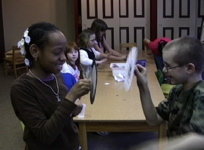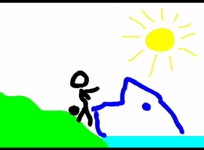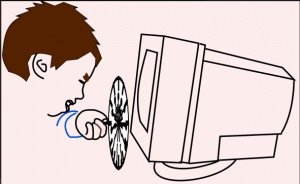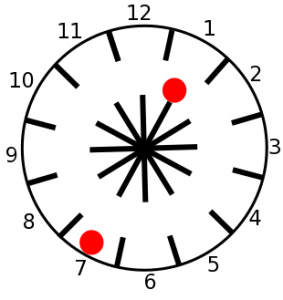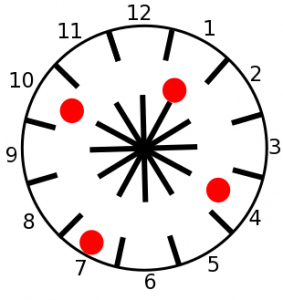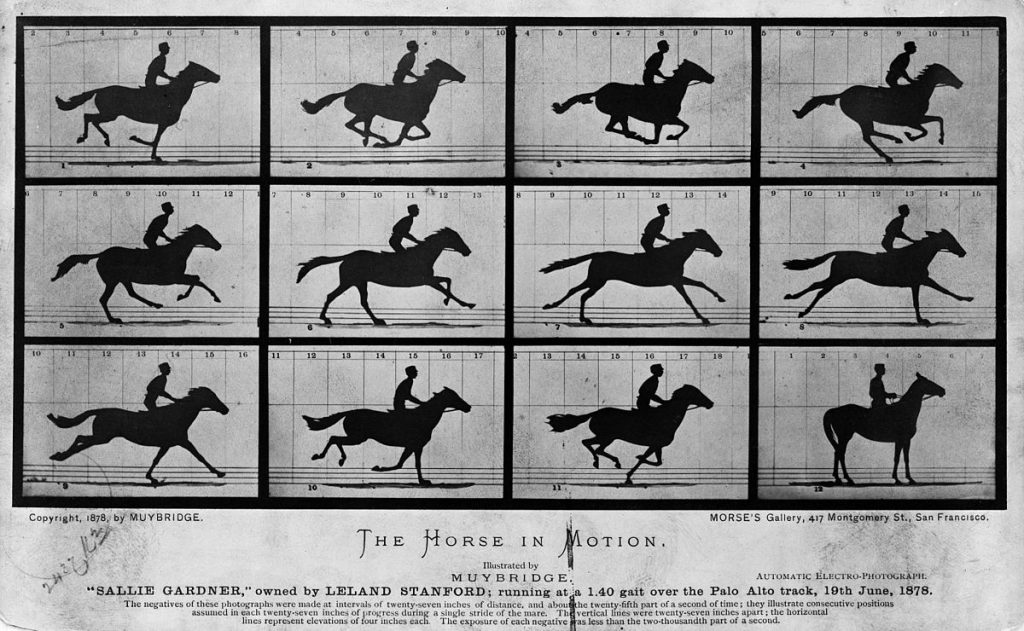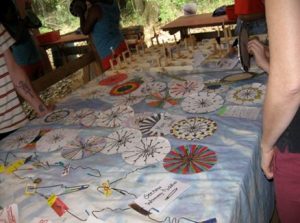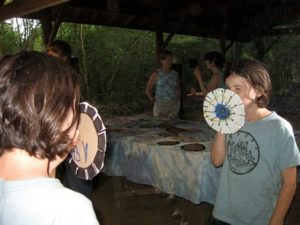Lots of patterns to choose from:
- Rotating Cube The heavy lines make it easy to view.
- Bounding Cat I...um...liberated it from a fantastic Howtoons page (note: the page doesn't exist any more) about making a related device, the zoetrope. You can just cut the slots the regular way--don't worry about cutting into the images.
- Runner , also liberated from the Instructables Howtoons
- Running Horse This is the classic running horse circa 1816 by Eadweard Muybridge.
- Jumper The original jumping movie wheel pattern.
- Blank Pattern Make your own movie!
Update: I have a friend who is a dedicated teacher in Germany named Thomas Buchwald. He makes amazing projects with his students and he has helped me improve several science toymaker projects, including this one. I told Thomas that many people, when they started using the movie wheel, the circle would rub against their hand. That stopped it too soon. In less than a day he figured out what I still couldn't figure out for years--that simply gluing a piece of foam in the middle would keep the circle straight. So if you have trouble with the circle rubbing, copy what you see at the beginning of this video clip. Thanks Thomas, for filling in my blind spots!
The instructional video starts with a science road show where my strudents show elementary school kids science exhibits, including movie wheels and zoetropes. It's a technology that's over a century old, but it's an unworldly experience that the kids get a huge kick out of!
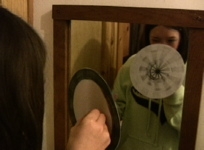


Then it's on to making your own movie wheel. It is simplequick and to make--only about a half hour. The kids at the YMCA after school program help me show you how. The pattern you will use is here
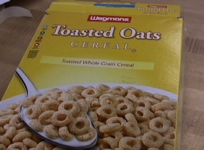
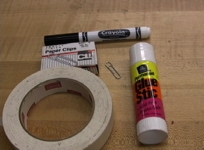

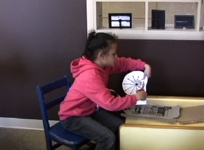
They glue the pattern onto the thin cardboard, rough-cut and fine-cut. Accurately cutting the notches is particularly important to making the movie wheel work.


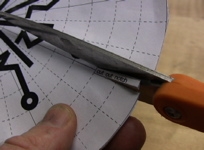
They darkened between the notches for the same scientific reason the best window screens are dark colored: to absorb unproductive light that would otherwise reflect into their eyes and cause glare. A paper clip provides a way for the movie wheel to spin. But the spinning images are just a blur, unless...
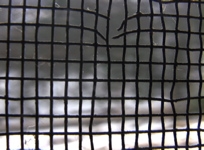
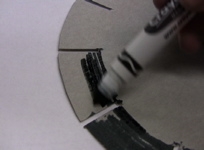
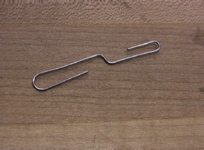
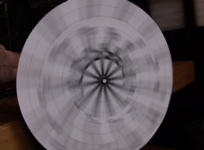
There are some tricks to using the movie wheel. The darkened side faces toward you. You spin the wheel and the look through the notches into the mirror (you need good light, too). Almost magically the images seem to come alive. There is a way to get around the need for the mirror if you have two people with movie wheels. Finally the instructional video talks a little about peristence of motion, the principle that makes the movie wheel work...and movies and TV.

